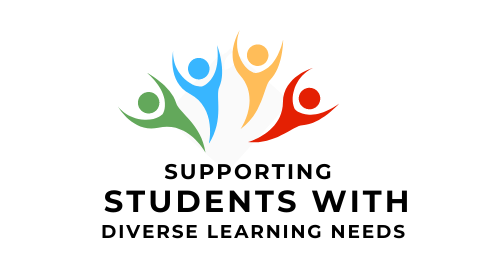
What do we mean by Disability?
Statistics Canada defines disability as including physical or mental disability related to seeing, hearing, mobility, flexibility, dexterity, pain, learning, development, psychological/mental disorders or memory (Statistics Canada, 2014).
Click on the accordion below to expand and learn more.
Some Quick Facts
- 13.7% of Canadians 15 years old or older reported having a disability in 2012 (Statistics Canada, 2012)
- Numbers of students with disabilities attending post-secondary institutions in Canada has been steadily increasing (as high as 6% of the student population in some institutions in 2003) (Fichten, et. al., 2003), as has the number of students with disabilities requesting supports during their education. For example, Selkirk College has seen a 10% increase in the number of students accessing supports through Disability Services each year over the past six years.
- Studies have shown that educational attainment has significant benefits in terms of employment rates for people with disabilities (Statistics Canada, 2014)
- Most students with disabilities are pursuing education with the goal of employment
- Postsecondary institutions have seen significant increases in the severity and complexity of disabilities among students accessing supports
- In addition, increasing numbers of students with mental health conditions and Autism Spectrum Disorders are requesting disability related supports
- As with all students, students with disabilities have varied educational backgrounds and life experiences, interests, & learning preferences, in addition to the impact of their disability, resulting in great diversity among these students as well as great diversity in how they will approach their learning.
As an instructor, you will likely meet students with a wide variety of disabilities in your classes.
These may include:
- students with chronic health conditions who may experience mobility limitations, chronic pain, or increased fatigue;
- students with learning disabilities who may have difficulty in processing certain types of information;
- students with mental health conditions who may have difficulty maintaining concentration and focus in classroom settings; or
- students with sensory limitations affecting vision or hearing.
← Previous Lesson Next Topic →

